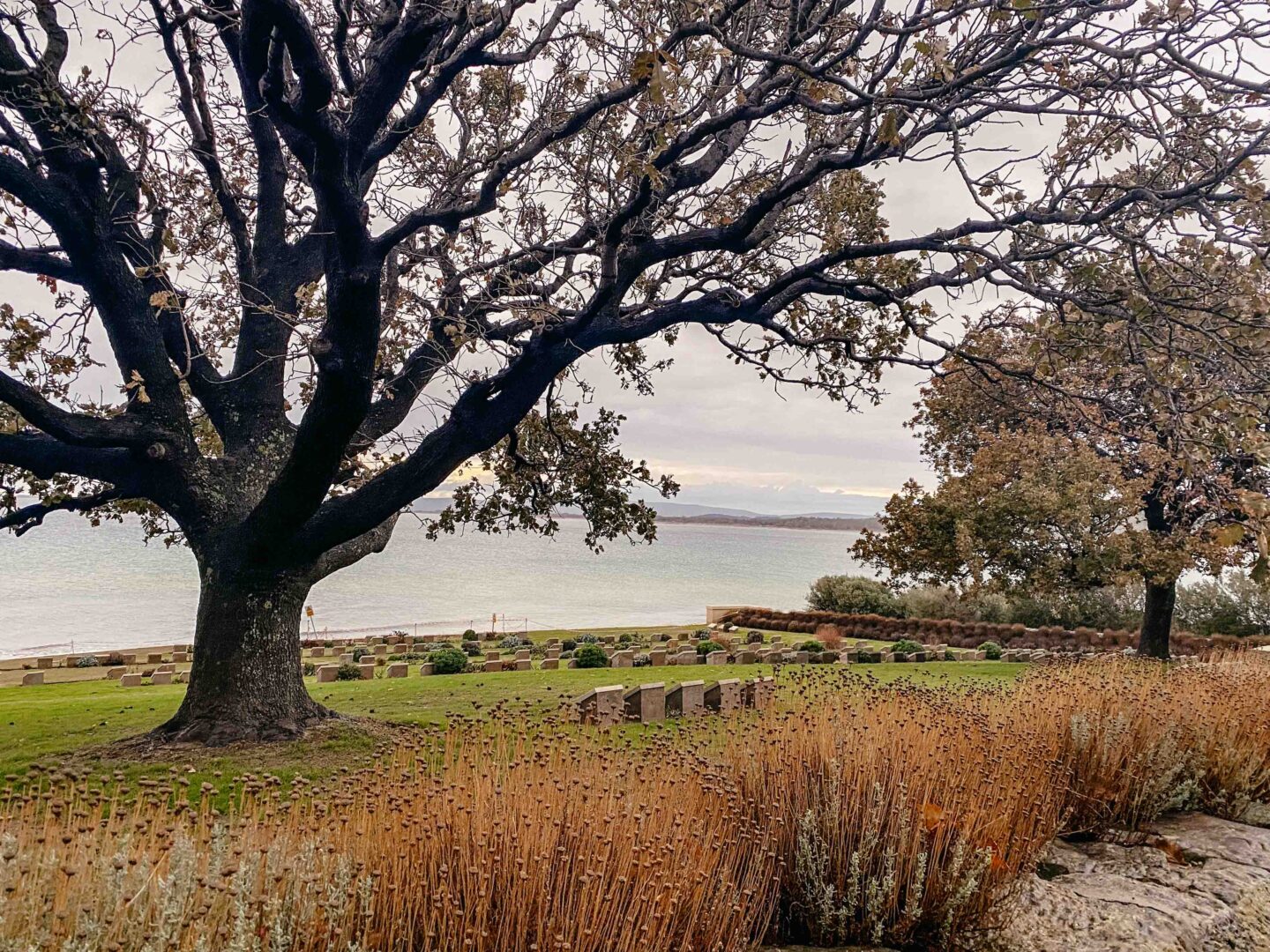
The Gallipoli peninsula, part of the north-western shore of the Dardanelles, has been of strategic importance for the conquest of Istanbul for thousands of years. During the First World War, the British and their allies failed in their attempt to force the passage.
Today Gallipoli is peaceful and covered in vegetation, but remains alive in the memories of many people, especially Turks, British, French, Australians and New Zealanders.
In 1915, Winston Churchill organised an attack on the Dardanelles in order to bring the Ottoman capital under his control. Despite strong British and French fleets, this attempt failed. This was followed by landings on Gallipoli by troops from the British Empire, Australia, New Zealand, India and France. The fighting was fierce and ended after nine months with the withdrawal of the invaders.
The defeat of the Entente powers was partly due to poor leadership, but also to German reinforcements supporting the Ottoman forces. The decisive factor was the confrontation with Mustafa Kemal.
The campaign lasted until January 1916 and claimed over half a million victims, including 130,000 casualties. The British side suffered 36,000 casualties. France suffered 47,000 wounded and 8,800 dead. On the Ottoman side, almost 86,700 soldiers were killed and almost half of the army of half a million men were wounded. Despite the high casualty figures, the battle was often described as a "gentleman's war" characterised by mutual respect. (However, this trivialising description does not sit well with my pacifist mind!)
We wake up early. It's not the muezzin that wakes us up, no, it's the dogs talking loudly. We have to get used to that. We are in front of the museum at 9 o'clock on the dot. And just think it's closed. The car park is empty, Felix is the only vehicle in the huge car park. There is room for an incredible number of cars and coaches here, so we leave our little coach alone and make our way into the really impressive museum.
Architecturally it is a stunner, large and also very impressive and really well done. There are 3 (!) men at the security checkpoint with nothing to do. At the checkout there are two women who are just as idle. We pay our 30 lira per person, which is the equivalent of about 88 cents or 91 centimes (as of 21 December 2023).
And now the museum is all ours. We walk through three huge floors with lots of exhibits. The entire exhibition is labelled in Turkish and English, so we can understand it perfectly.
I'm a museum fan. No, not thematically, I just love the exhibition design. What do the signs look like, how are visitors guided? What fonts are used, how are colours, light and shadow used? I love audio guides, especially those for children.
Apart from all the war stuff, this is the real highlight of the museum for me. If you want to understand what I mean, I recommend the Jewish Museum in Berlin, purely in terms of exhibition design. And yes, in terms of content, but above all in terms of design, it is a fantastic example of how architecture, design and exhibitions can be organised in such a way that you can feel what is being said.
Where was I? Oh yes, Gallipoli.
After an hour in the private museum, we set off to explore the peninsula. There are countless military cemeteries. Monuments with engraved speeches by Mustafa Kemal, who would later call himself Atatürk and found Turkey.
Kind of depressing here. The weather is hazy, matching the mood. We pass the memorial to the 22,000 fallen Anzak soldiers. It towers hugely at the southern tip. Anzac stands for Australian and New Zealand Army Corps.
We are particularly impressed by the French military cemetery, which is really beautiful. And we say that because we don't actually visit cemeteries that often. But you can't avoid cemeteries here.
The number of graves and the vastness of the small peninsula are both shocking and moving. In another small museum, you can walk through reconstructed trenches. We don't bother, as we are always up to our ankles in mud during our explorations and realise that we have had enough of dirt, suffering and war.
We give in to the sad mood one last time, I read out one last quote from Atatürk, which somehow reconciles us with this peninsula and the unspeakable suffering (and the greatly celebrated victory of the Ottomans).
"These heroes who shed their blood and gave their lives...
You now rest in the soil of a friendly state. Therefore rest in peace.
Because for us there is no difference between the Johnnies and the Mehmets, where they lie side by side in this land of ours...
Mothers who have sent your sons from distant lands, dry your tears! Your sons now lie in peace at our breast. The fact that they lost their lives in this country has also made them our sons."
In the evening, we watch one or two programmes about the Ottoman Empire and the First World War. To be honest, neither of us know much about this period. And we realise that once again we can't believe how little a human life was and unfortunately still is worth. Why, we ask ourselves. Why is there so much fighting, killing, injury and suffering? Why only? Until today. Almost everywhere.
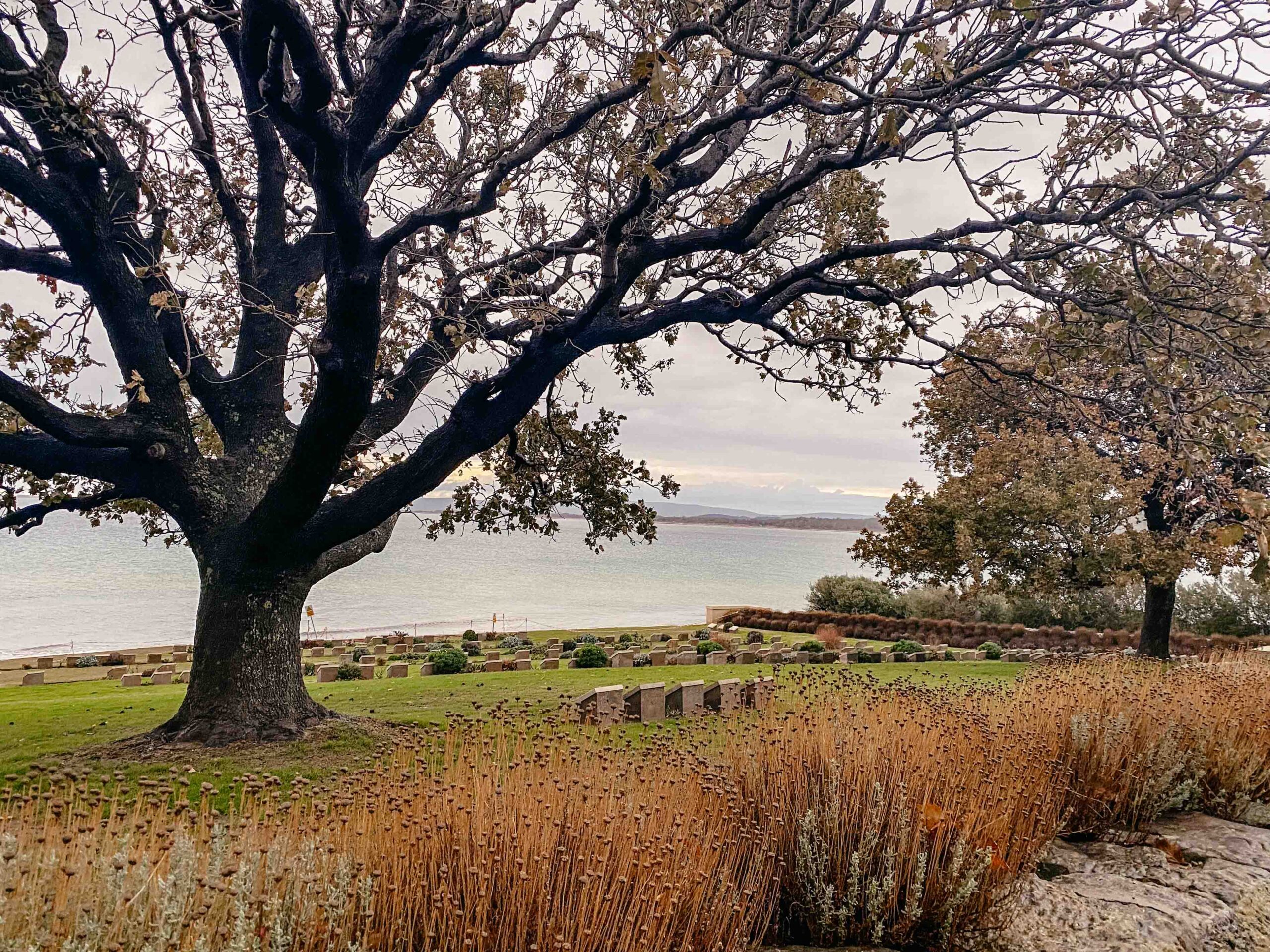
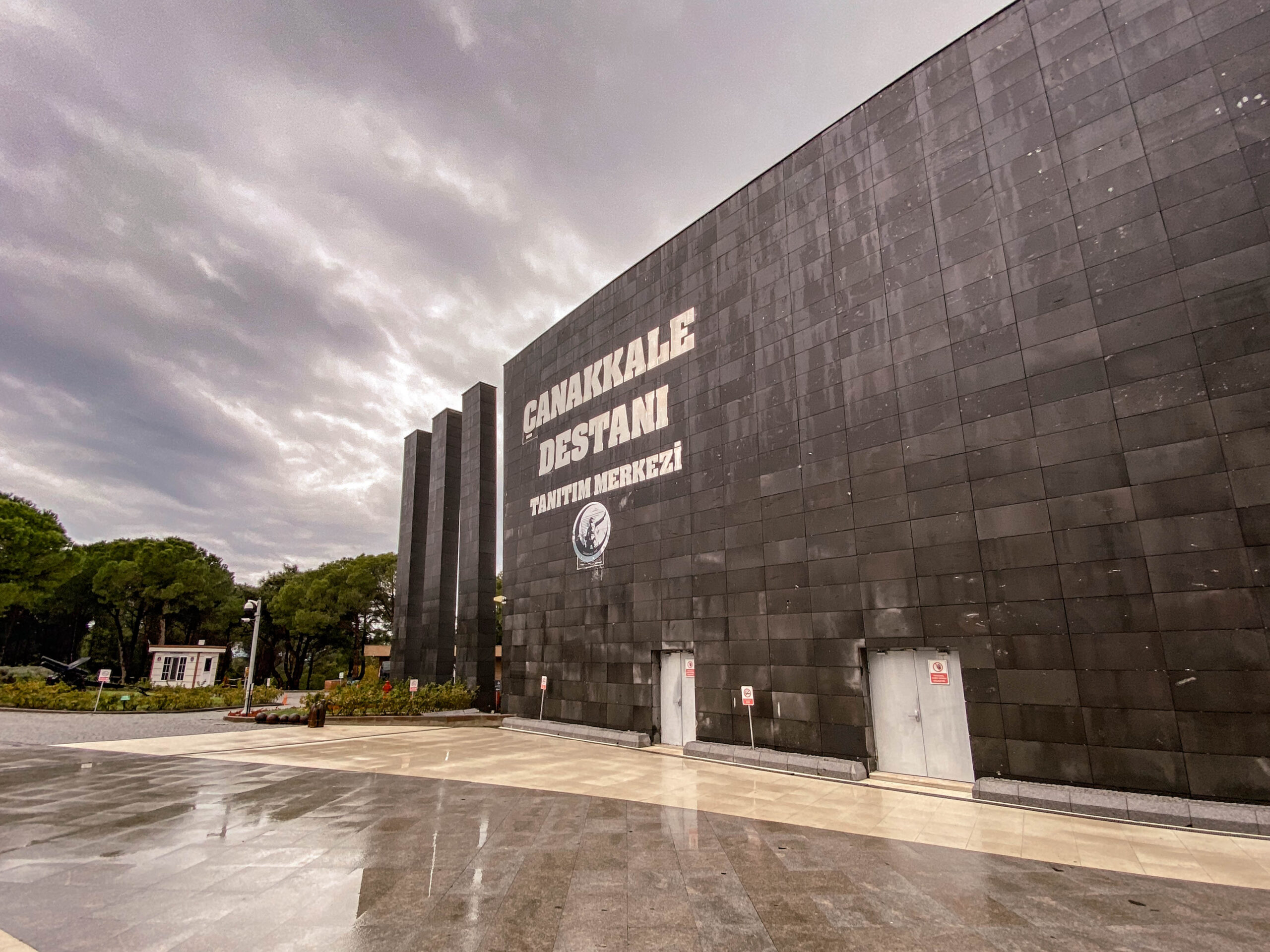
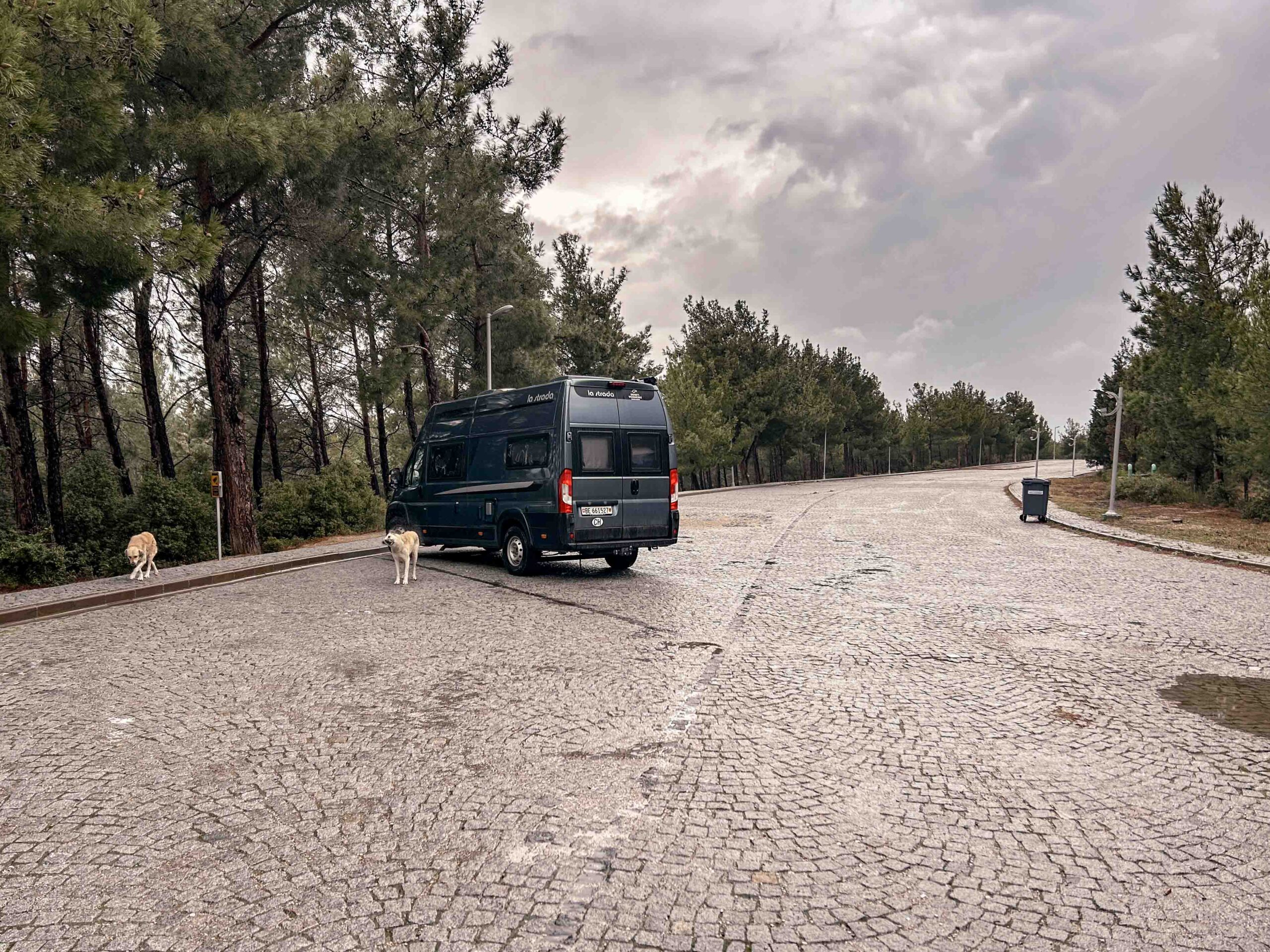
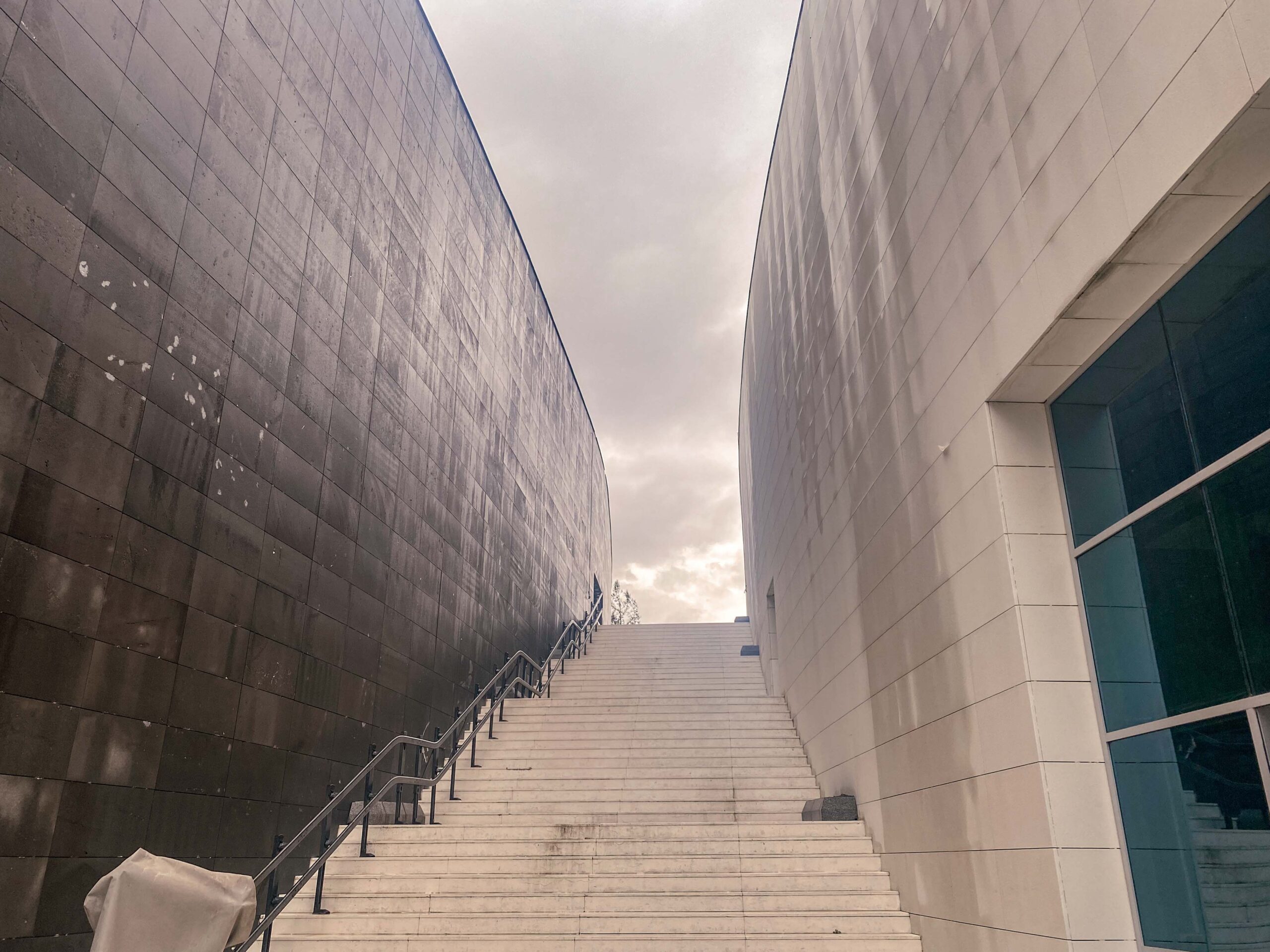
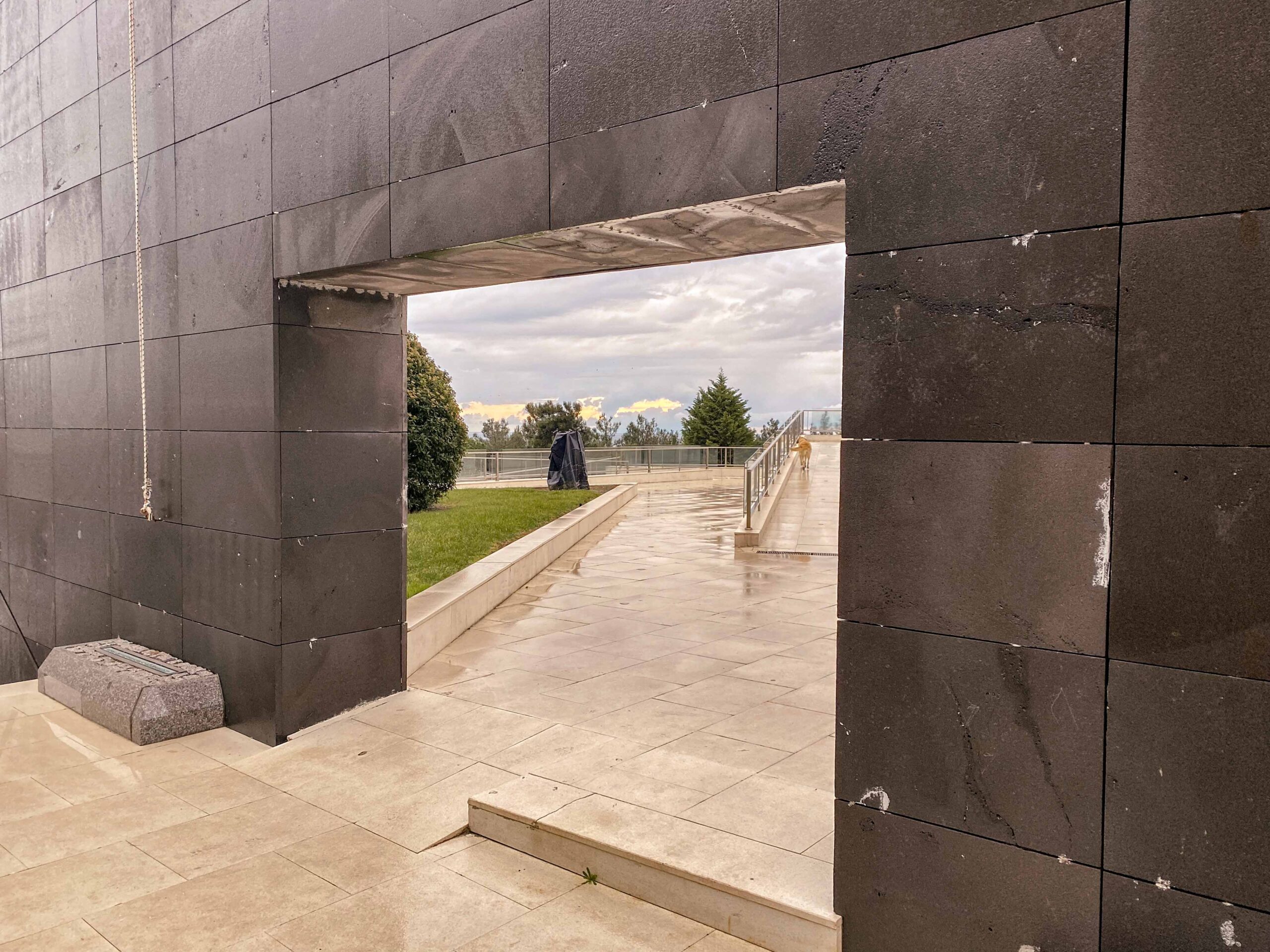
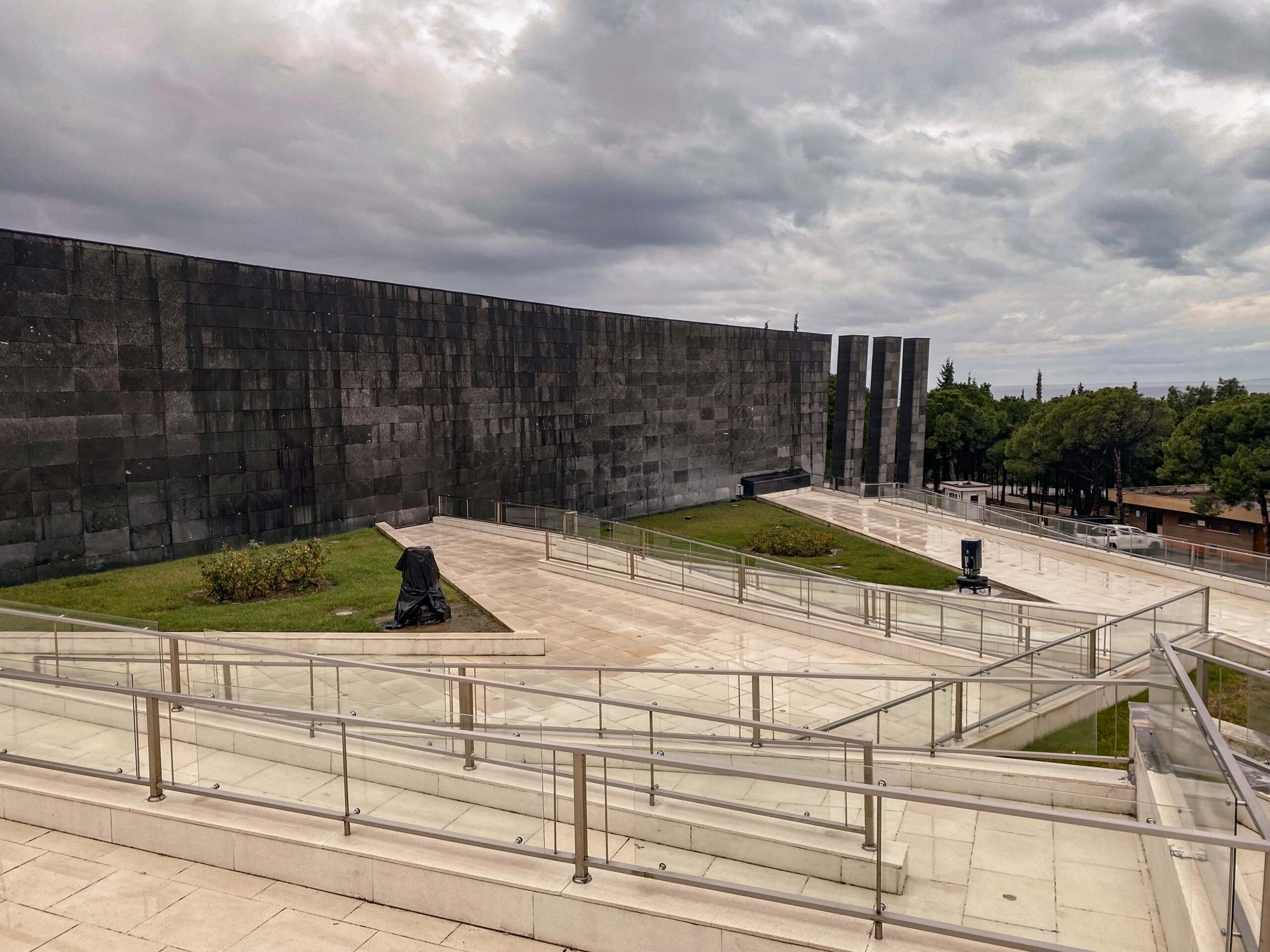
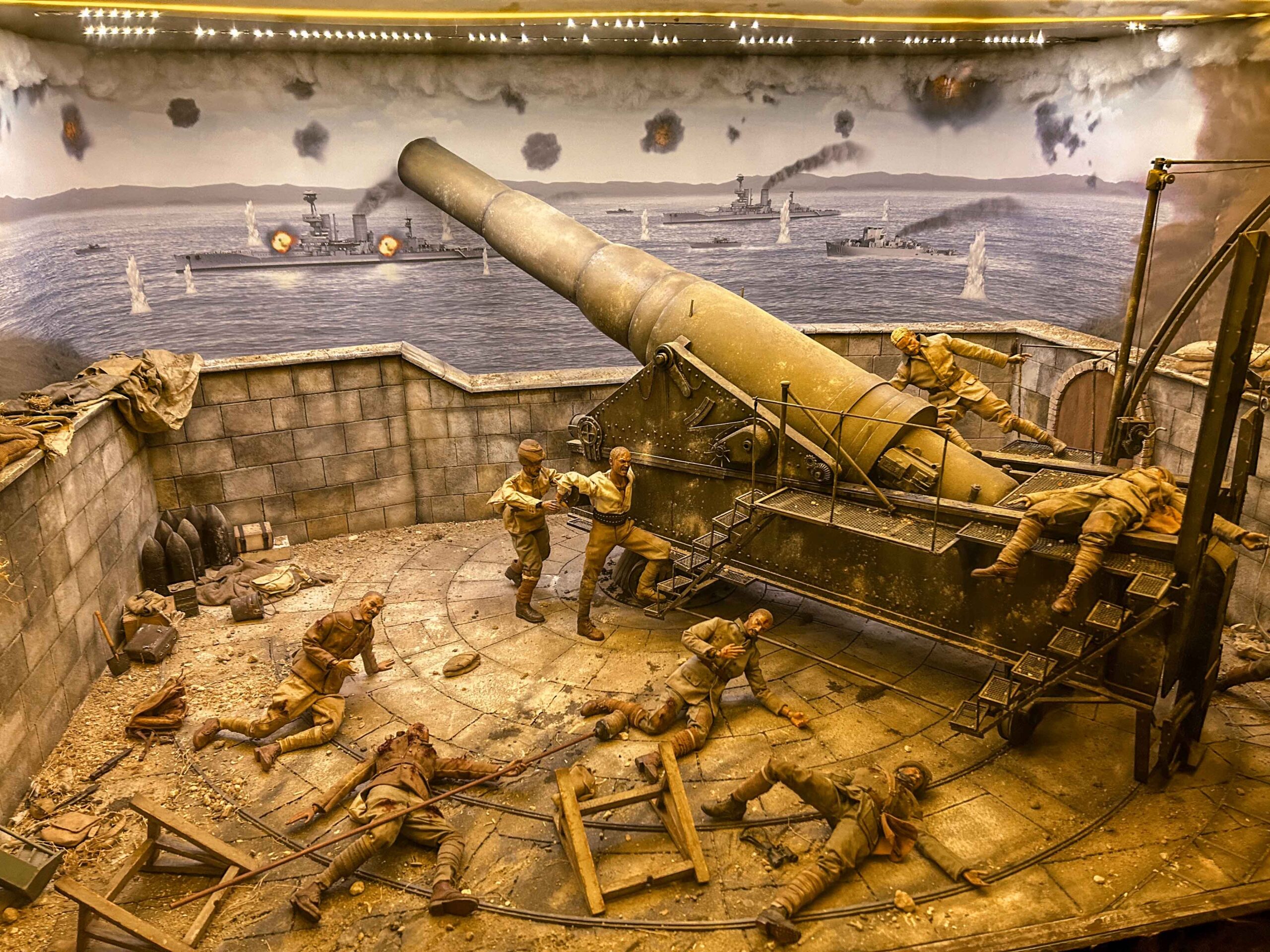
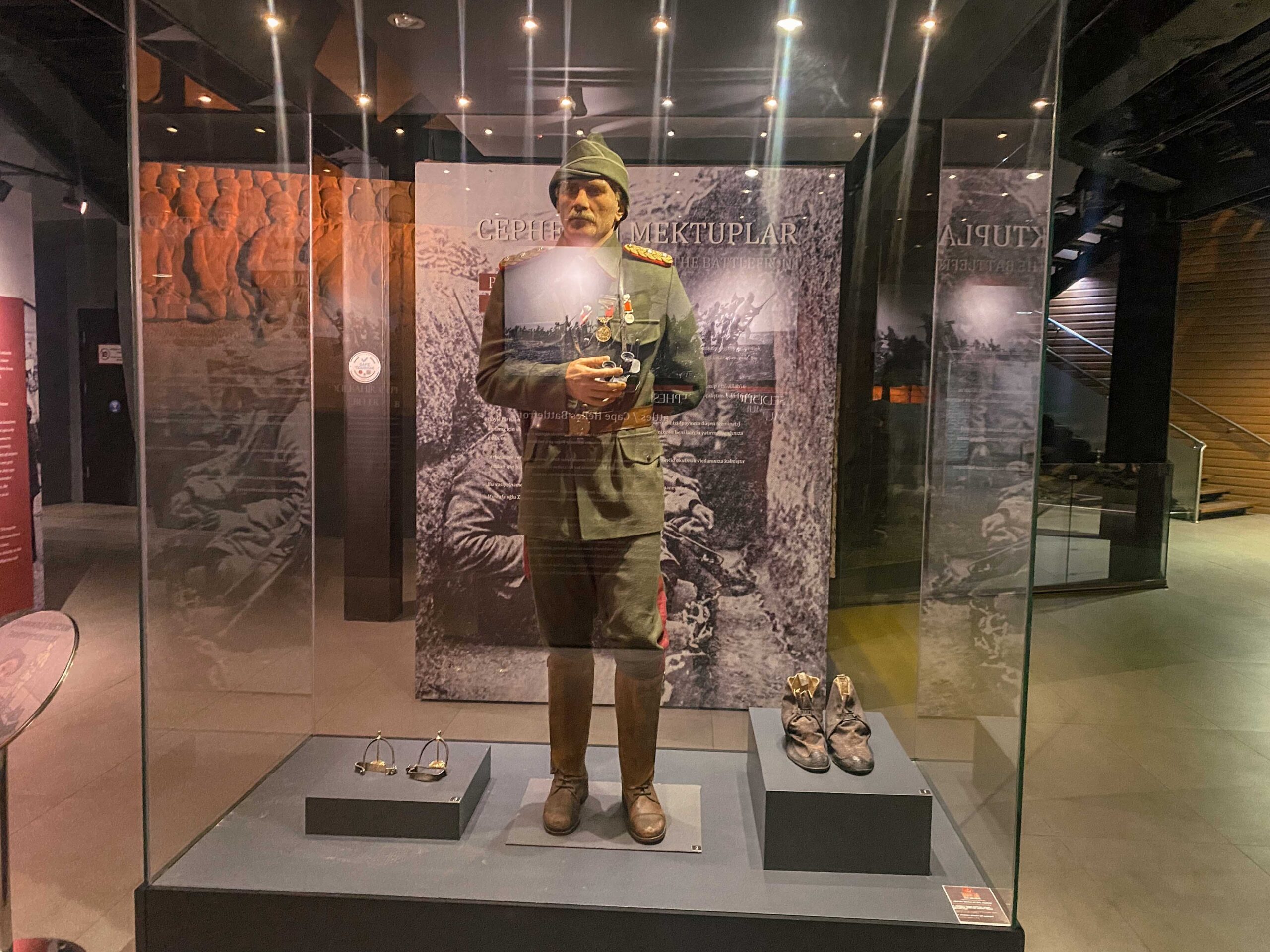
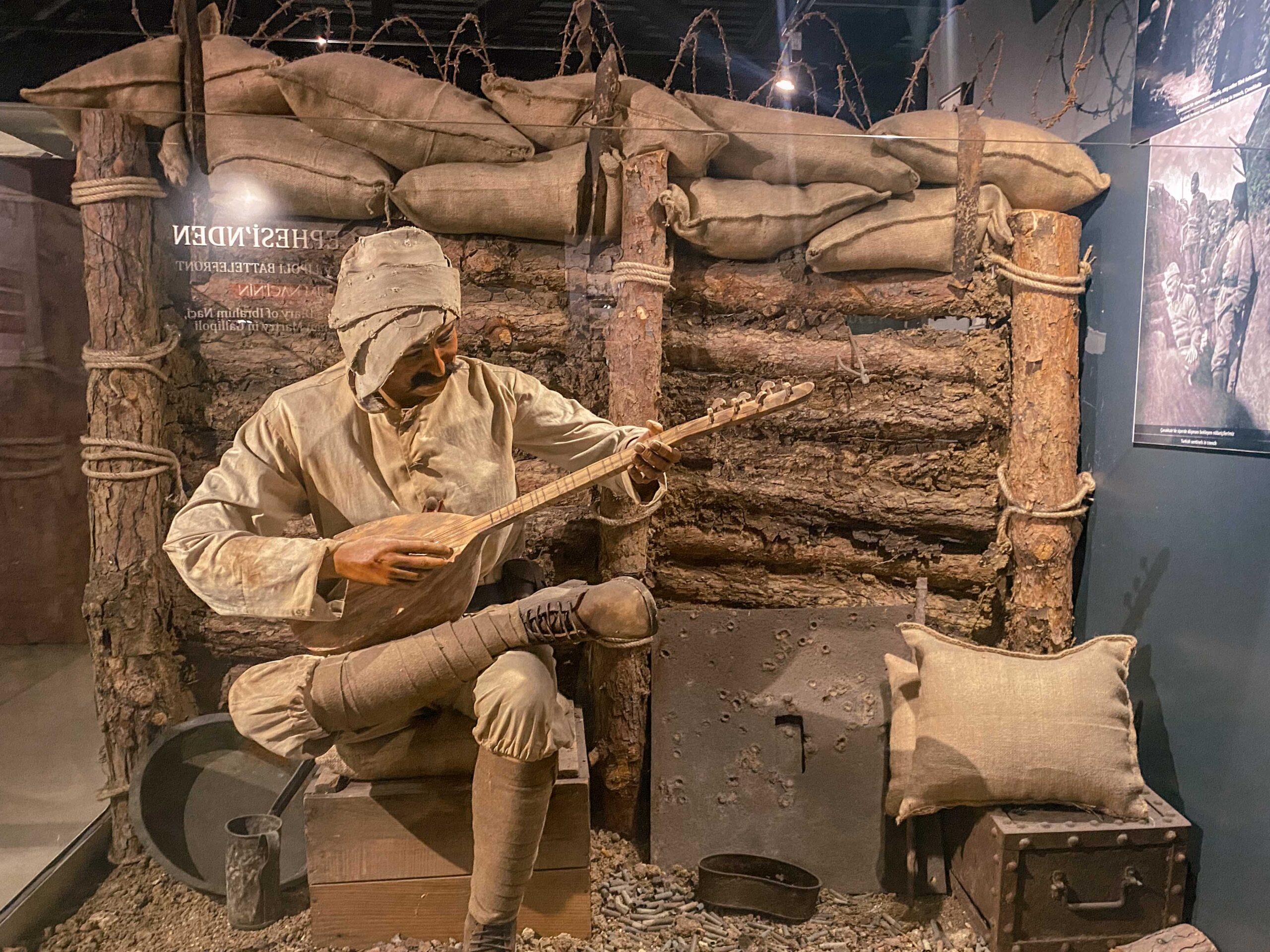
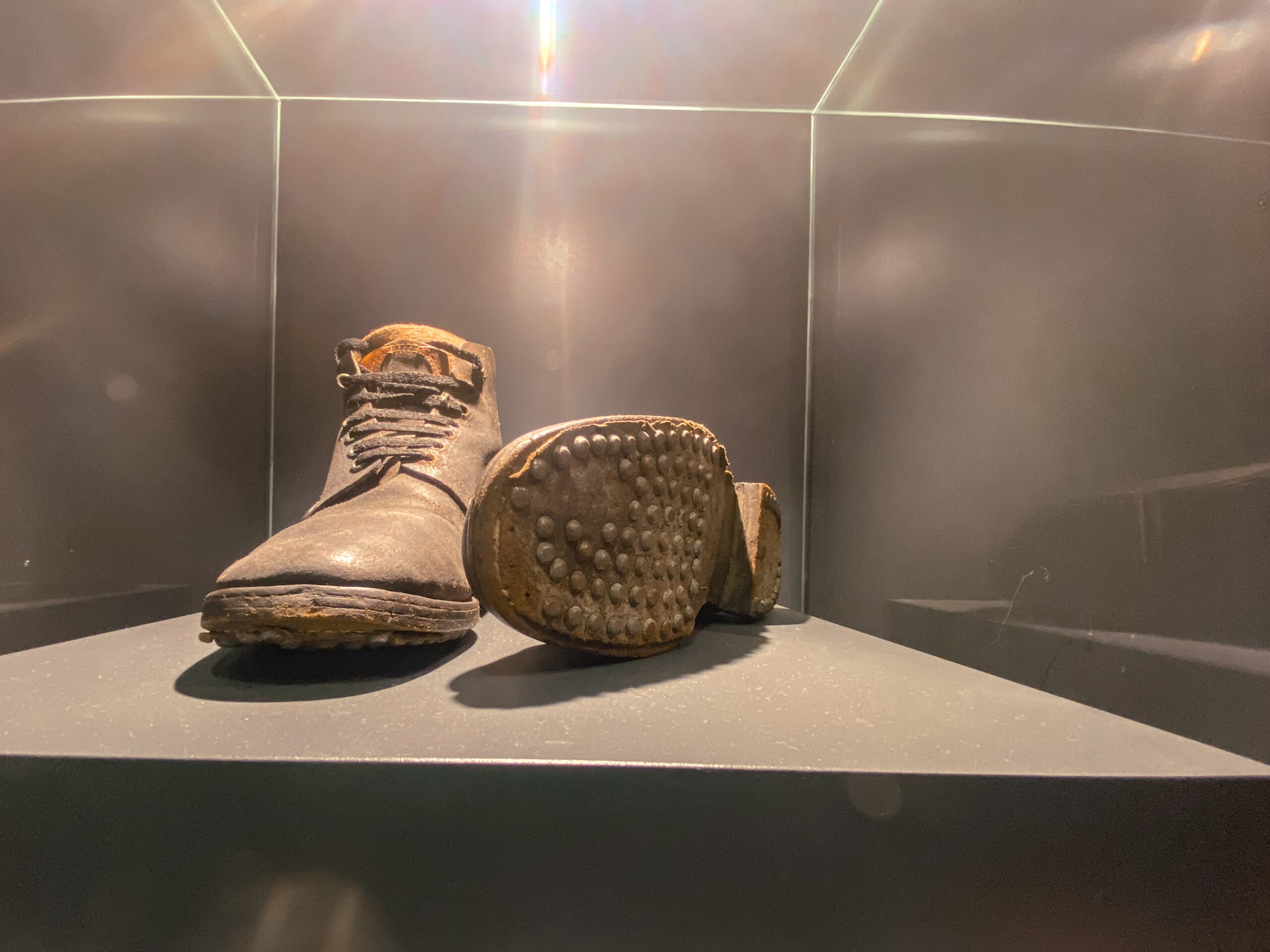
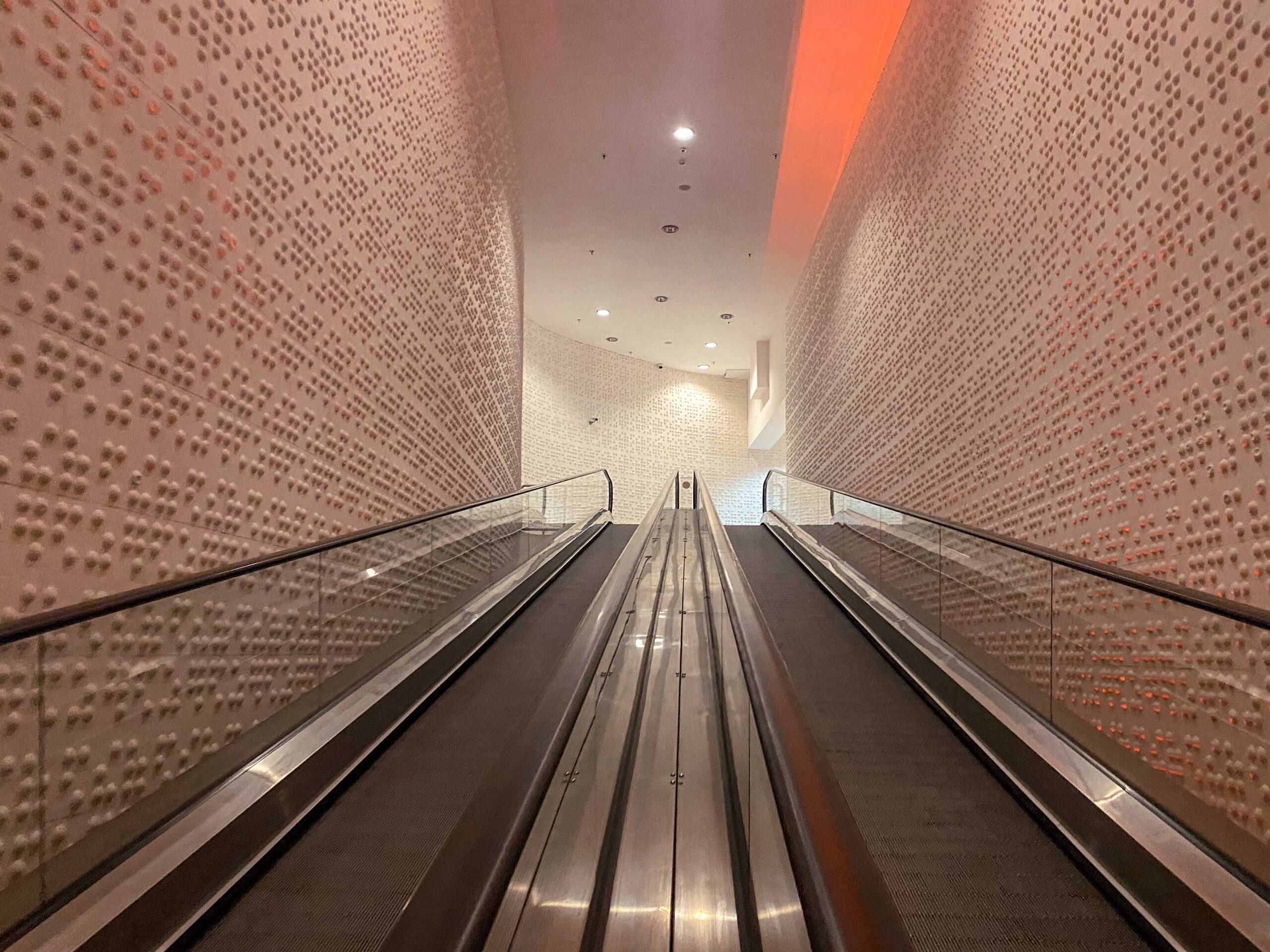
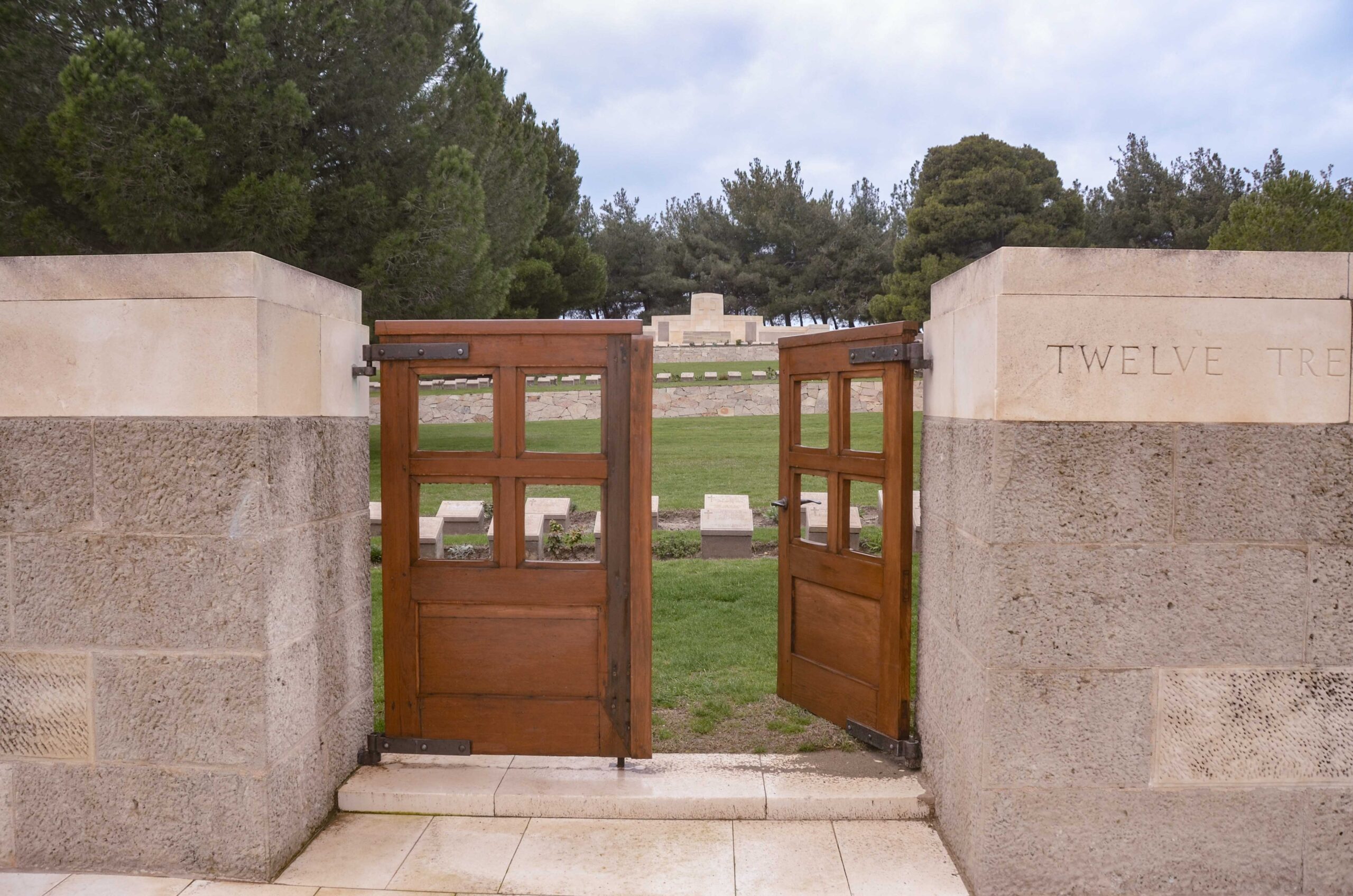
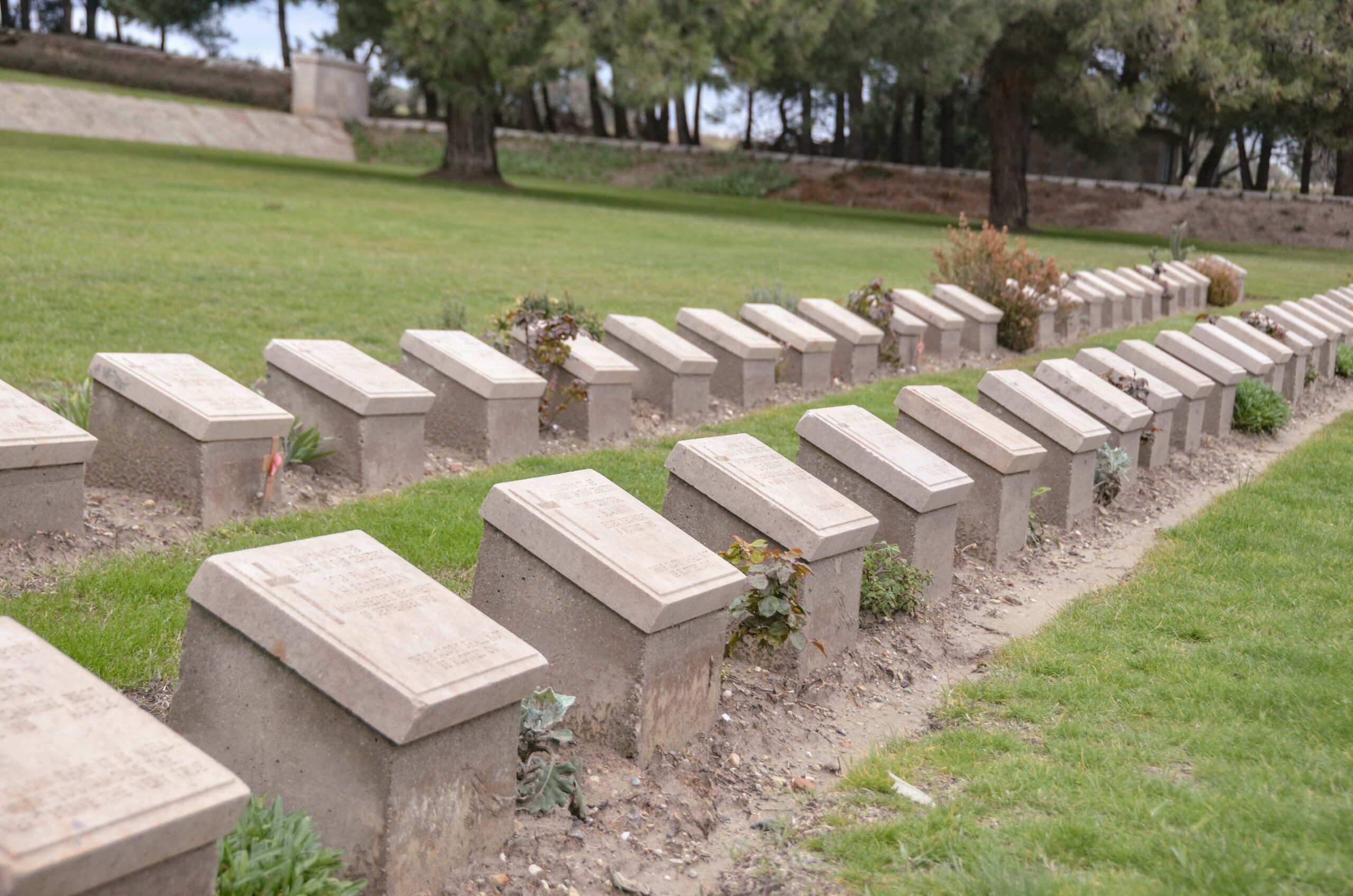
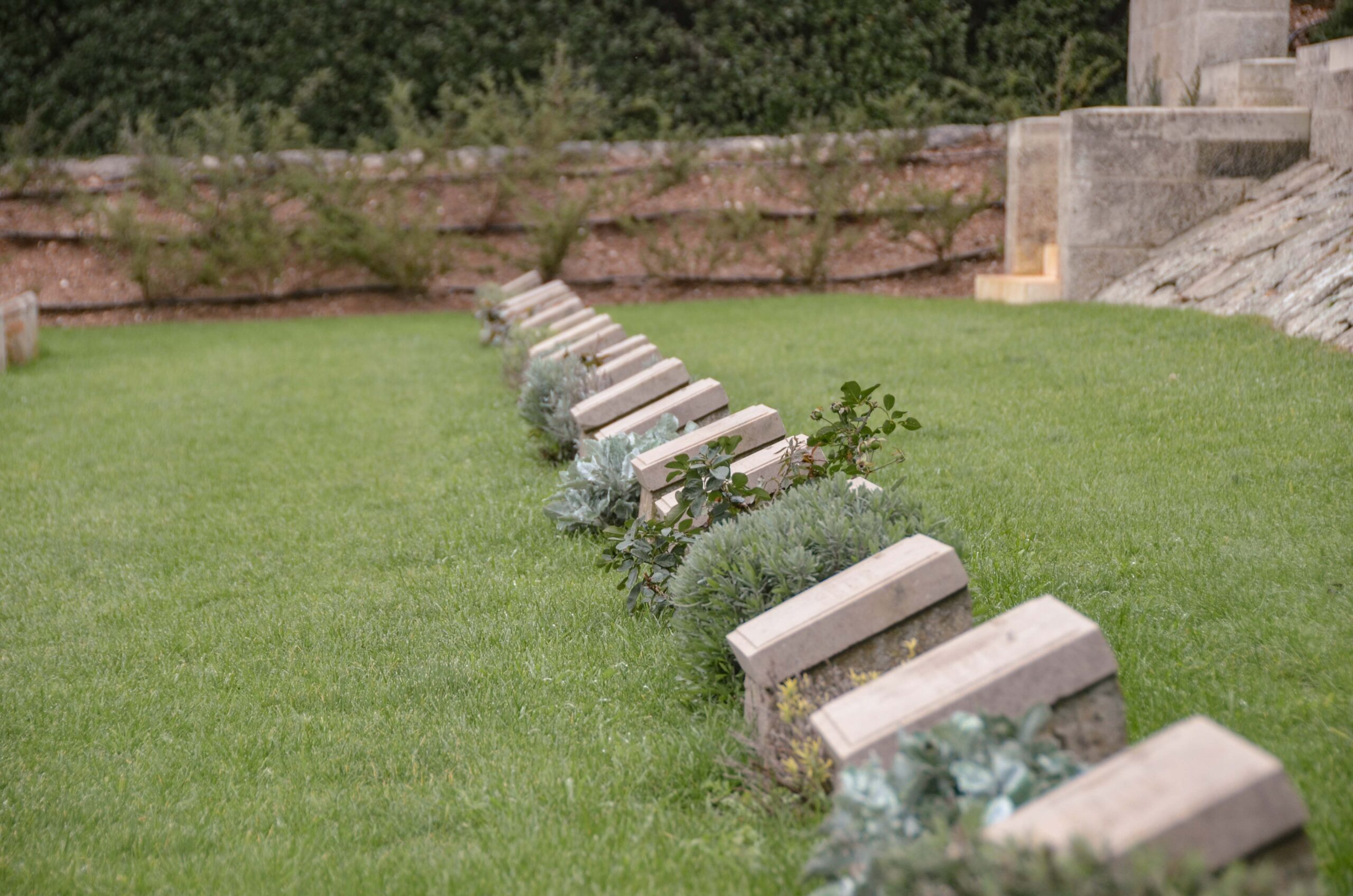
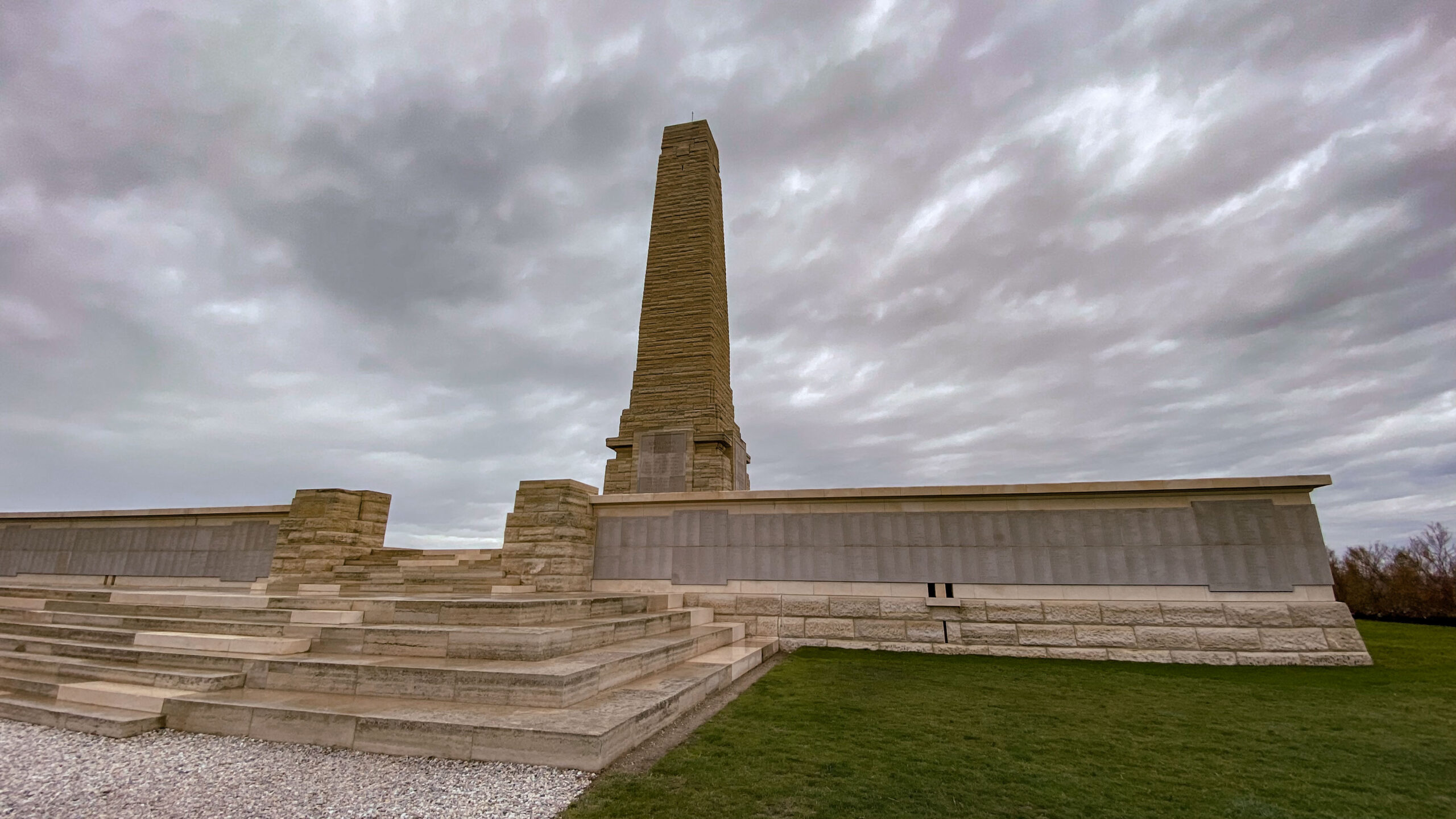
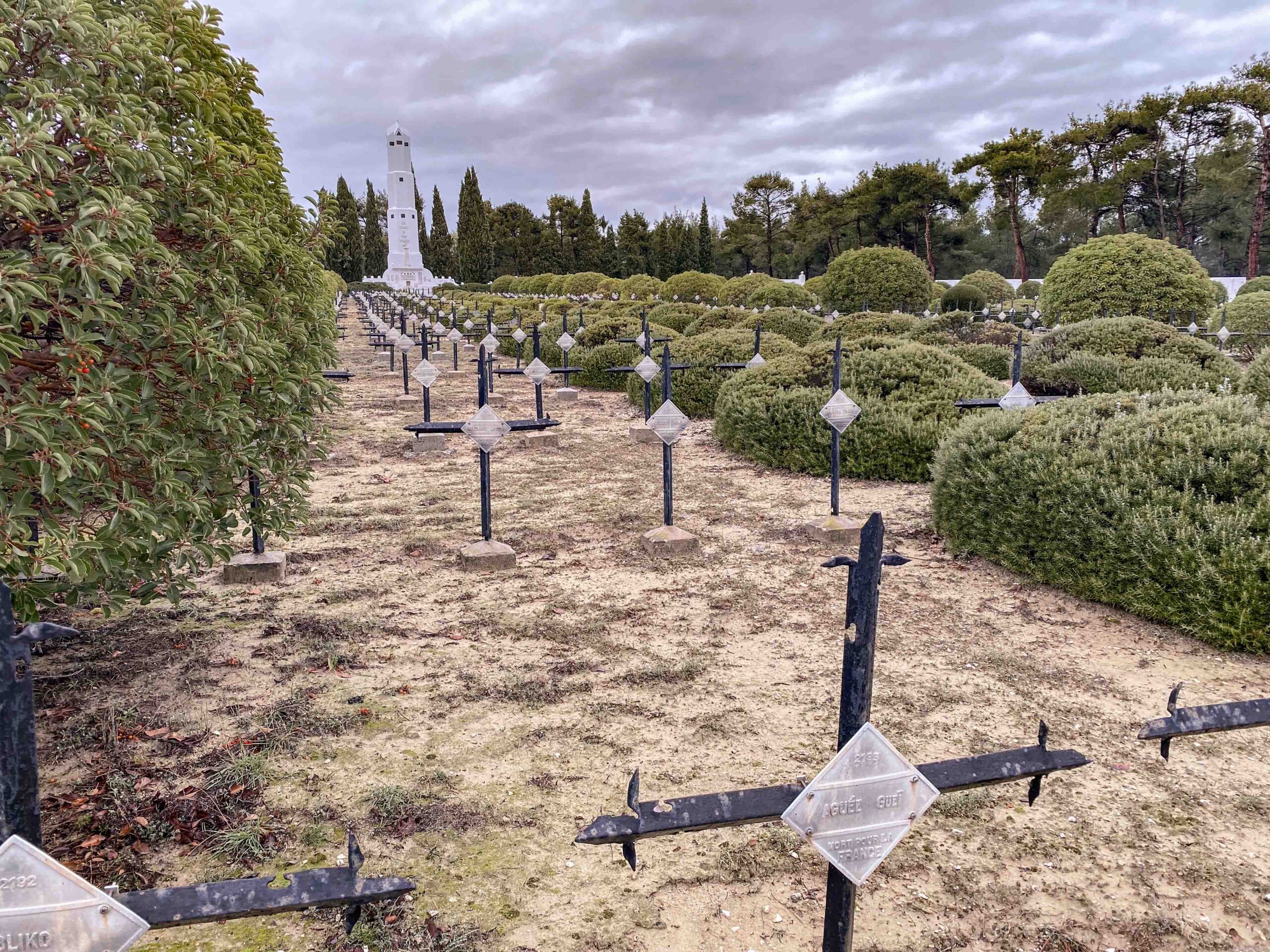
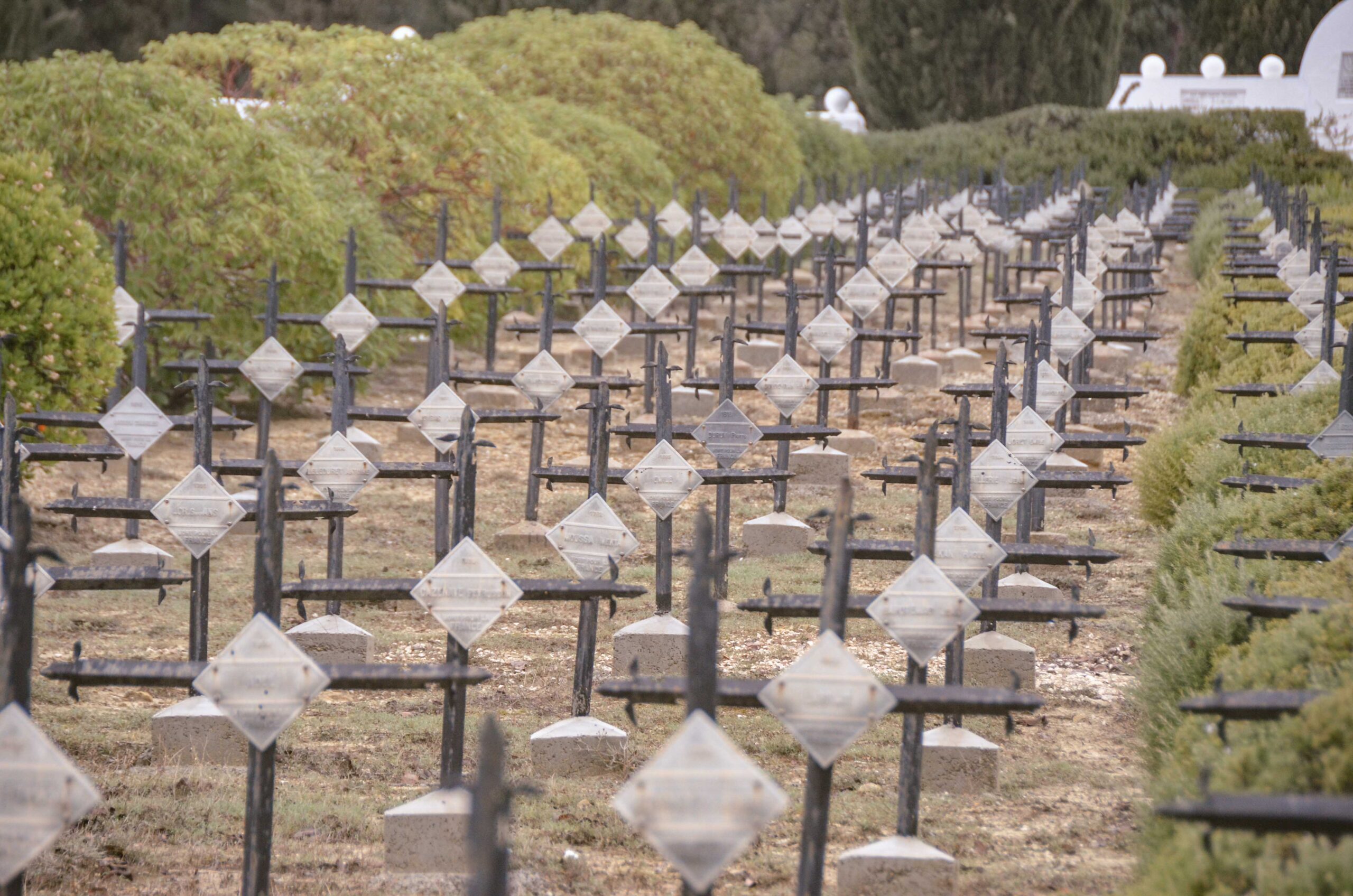
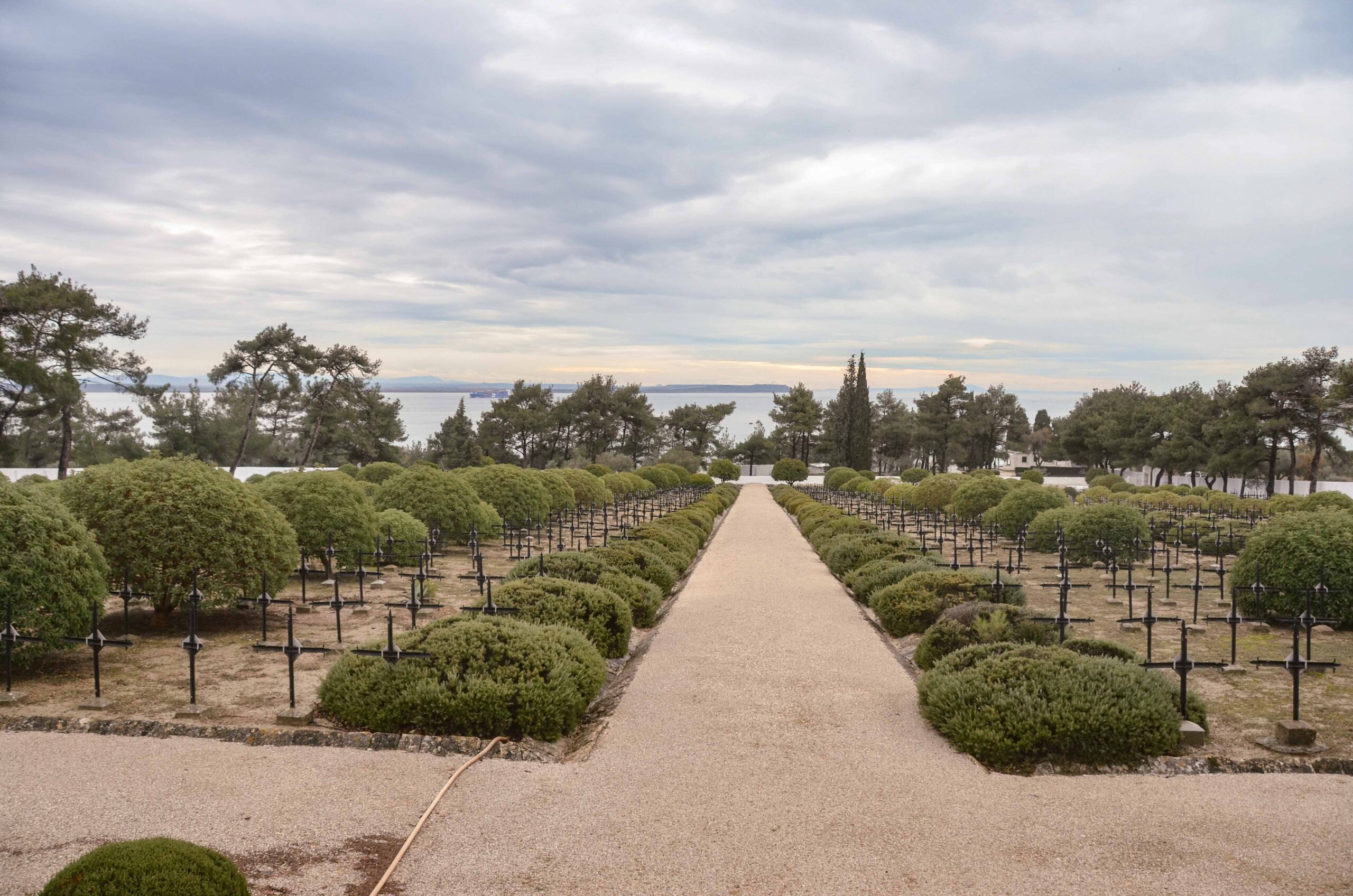
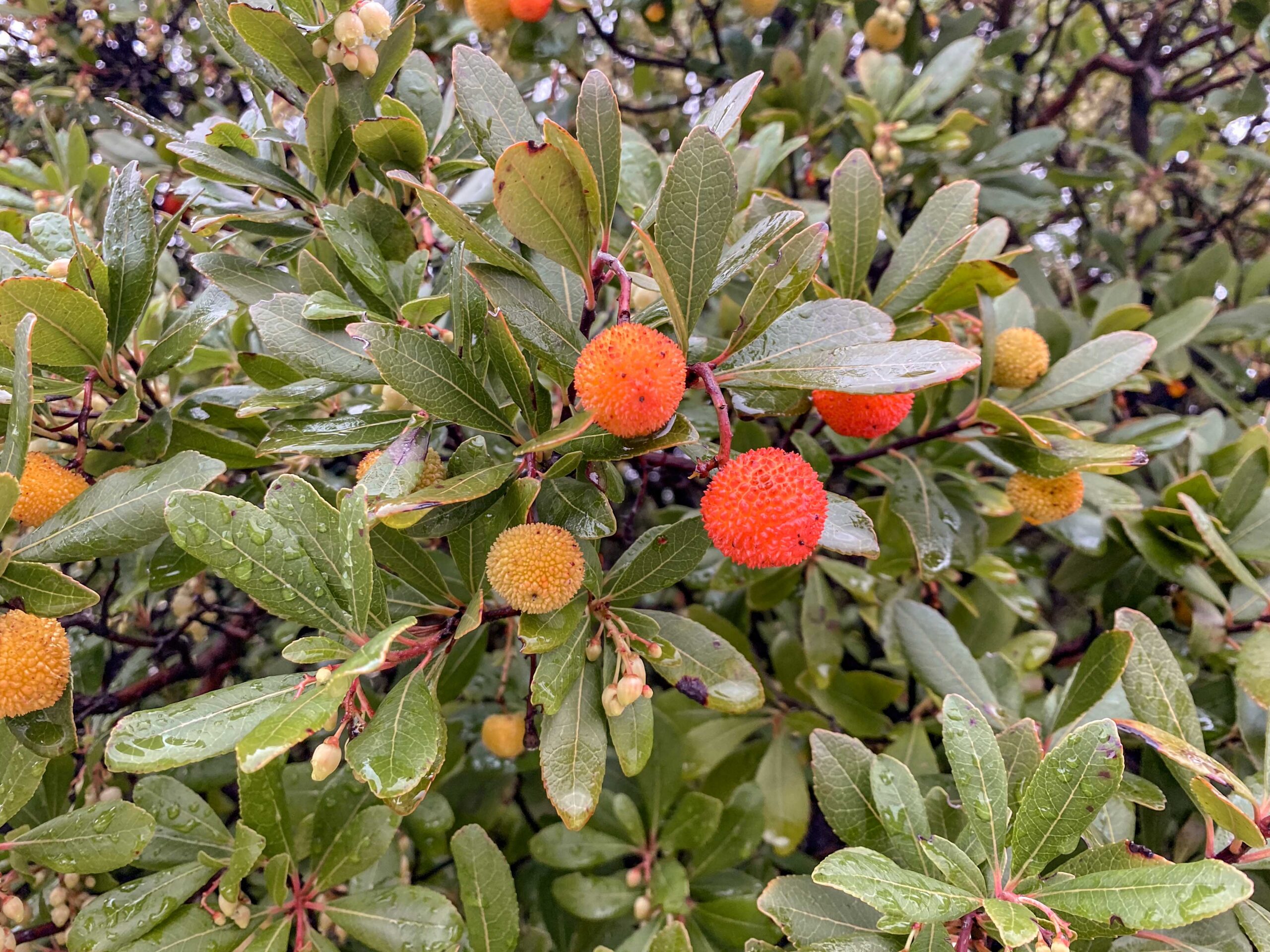
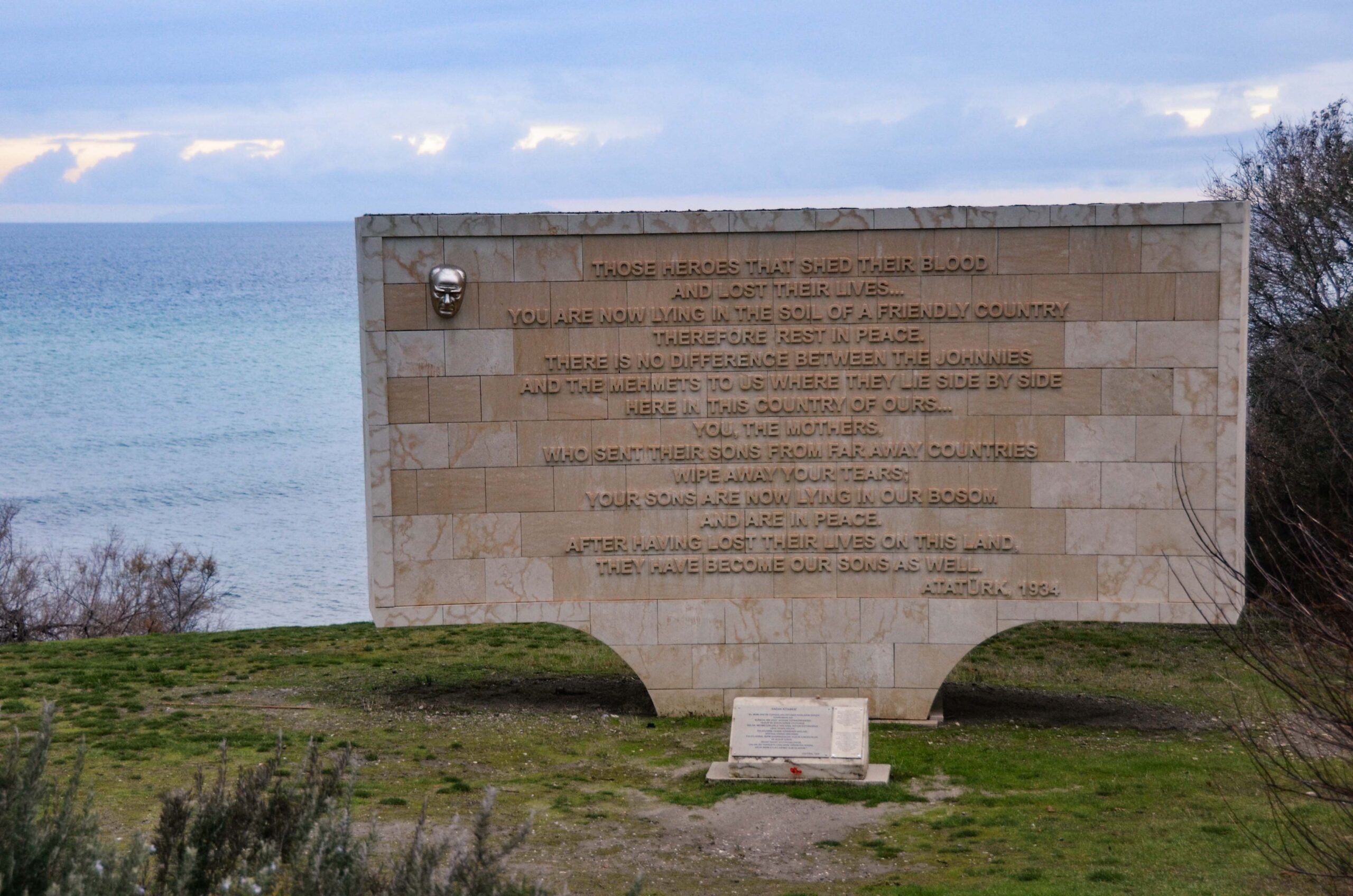
Merci for "travelling with us
We are thinking about taking another break from travelling in the summer and visiting our families in Germany and Switzerland. One of the ideas is to organise a Lecture about our long journey to the Persian Gulf to prepare. If you would like to, what would interest you the most? We will also tell stories here that don't find a place here on the blog. We're thinking of the Bern and Berlin area - simply because we have family there. But other places are also conceivable. Feel free to write to us.
Do you think our travel experiences might be of interest to others? Then you can share the Share post quietly. By e-mail or however you want to do it.
In addition, if you haven't already done so, you can use our Newsletter subscribe. Here you will receive all our experiences in your mailbox whenever we publish something new or once a week on Fridays: live-pur.ch/newsletter
We are also very happy to hear your views, your tips or your questions. Just comment on the post!